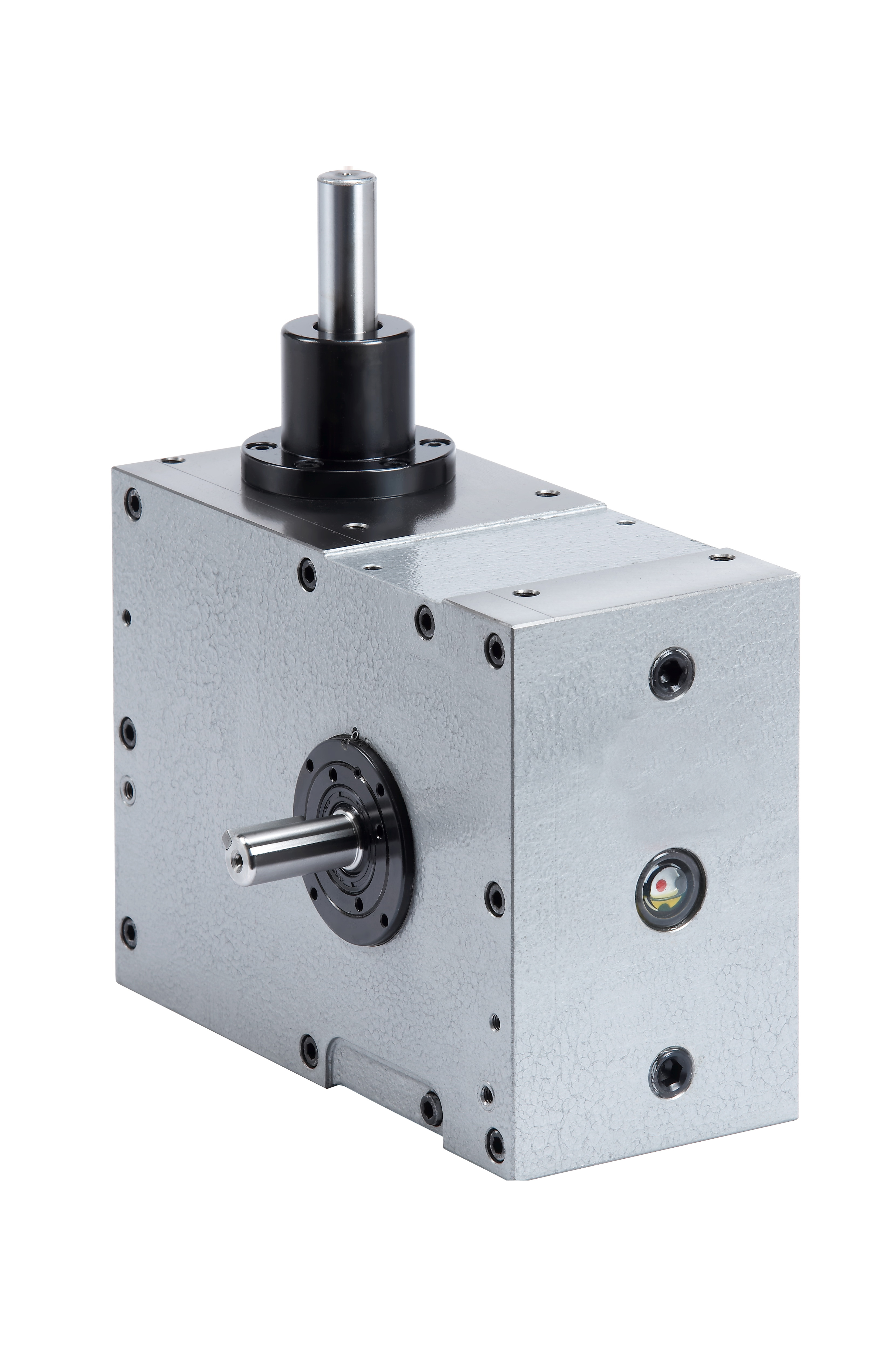1、 Accuracy testing
positioning accuracy
High precision laser interferometers can be used to measure the positioning accuracy of the swing divider. Install the reflector on the output shaft of the splitter, and the laser interferometer emits a laser beam and receives the reflected signal. By analyzing the changes in the signal, determine the deviation between the actual position and the theoretical position of the output shaft after swinging and splitting actions. For example, in pharmaceutical packaging production lines that require high precision, the positioning accuracy deviation of the swing divider should be controlled within a very small range, generally within ± 0.01mm, to ensure accurate dispensing of drugs into each packaging unit.
Another method is to use standard measuring blocks and micrometers. Place the gauge block on a suitable fixture, use the action of the divider to make the tool contact the gauge block, and then use a dial gauge to read the change in tool position to detect its positioning accuracy.

Repeated positioning accuracy
Repeat the same wobble and split actions several times, recording the position data of the output shaft each time. Repeated localization accuracy was assessed by statistical analysis of the dispersion of these data. For example, when performing 100 consecutive identical actions, calculate the deviation of each position data from the average value. The smaller the deviation, the higher the repeat positioning accuracy. 2、 The photoelectric encoder can be used for speed and acceleration detection. The photoelectric encoder is mounted on the input or output shaft of the wobble splitter, and the encoder generates a pulse signal according to the rotation of the shaft. By measuring the number of pulses per unit time and combining the resolution of the encoder, the rotating speed of the shaft, i.e. the working speed of the swing index device, can be calculated.
For some high-speed swing dividers, stroboscope can also be used for observation. Mark a part of the divider. When the flash frequency of the stroboscope is synchronized with the rotation frequency of the divider, the mark appears to be static. The speed of the cam indicator can be measured by adjusting the frequency of the stroboscope.
Detection of acceleration
The acceleration sensor can be used to detect the acceleration of the swing indexing table during start and stop. Install the acceleration sensor at a proper position. The sensor will output acceleration signal. Record the signal change through the data acquisition system and analyze whether the acceleration curve at the acceleration and deceleration stages meets the design requirements.
3、 Load capacity test
Static load detection
The output shaft of the swing-index rotary gearbox is statically loaded with weights or a hydraulic loading device. Gradually increase the load weight while observing the splitter for distortion and anomalies. For example, for a divider with a design load of 100 kg, gradually increase the weight from 10 kg, and record the status of the indexing drive for each additional 10 kg until the design load is reached or an anomaly occurs.
Dynamic load detection
During the working process of the cam index table, the load equipment is driven by the driving device such as the motor to simulate the dynamic load in the actual production. The torque sensor can be used to measure the torque change of the output shaft under dynamic load, check whether it is within the allowable range, and observe the operation stability and service life of the cam index rotating device.
4、 Reliability and durability assessment
Life test (LTT)
Run the swing-splitter continuously in a laboratory environment to simulate its operation at or near full load. Record the running time and the time point of failure to evaluate its service life. For example, run for 1000 hours continuously and observe for worn parts, loose parts, or other faults.
Environmental adaptability test
The wobble splitter was tested in a different temperature, humidity and corrosive environment. For example, operate for a period of time in a high temperature environment (such as 60 ℃) to check the sealing performance and thermal stability of internal parts; Observe for rust or electrical faults at high humidity (e.g. 90% RH); Check the corrosion resistance of protective coating and materials in corrosive gas (such as environment containing sulfur dioxide). These tests are used to evaluate their reliability in different environments.
 Cheng Shen Precision Machinery (Shanghai) Co., Ltd.
Cheng Shen Precision Machinery (Shanghai) Co., Ltd.